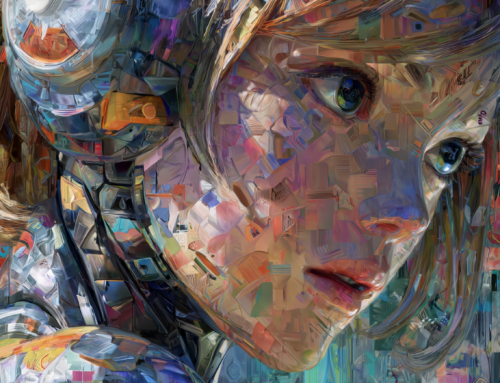
Some teachers are taking advantage of ChatGPT as a learning tool for students. (Source: Adobe Stock)
Teachers Introduce ChatGPT to Students as New Educational Tool
Not every teacher fears ChatGPT and its ability to generate school papers. In a Wired.com story, an English teacher based in Oregon, Kelly Gibson, likened the tool to a calculator—a tool that could be useful in training students to spot errors in its writing, so they could correct them. The chatbot can generate incorrect information and even falsehoods.
After her initial alarm subsided, she spent her winter vacation tinkering with ChatGPT and figuring out ways to incorporate it into her lessons. She might ask kids to generate text using the bot and then edit it themselves to find the chatbot’s errors or improve upon its writing style. Gibson, who has been teaching for 25 years, likened it to more familiar tech tools that enhance, not replace, learning and critical thinking.
“I don’t know how to do it well yet, but I want AI chatbots to become like calculators for writing,” Gibson said.
A professor said ChatGPT could help shed light on an education system that’s already broken. Alex Taylor, who researches and teaches human-computer interaction at City, University of London, said teaching should move beyond rote memorization that can be replaced by querying an algorithm in favor of teaching people how to think.
“Another way of thinking about this is not how do you find new forms of assessment, but what are our priorities in further education at the moment? And perhaps they’re a little bit broken,” said Taylor. “I think sometimes we’ve got it back to front. We’re just like, ‘How can we test the hell out of people to meet some level of performance or some metric?’ Whereas, actually, education should be about a much more expansive idea.”
Olya Kudina of Delft University of Technology in the Netherlands teaches graduate and undergraduate courses on AI and ethics. In December, she gave undergraduates an assignment using ChatGPT.
Groups of students first presented three arguments and two counterarguments, supported with academic references, to the class without AI assistance. Next they fed the same assignment to their choice of either ChatGPT or its predecessor GPT-3, then compared the chatbot’s answer with their own organically made text.
The responses were less than stellar—when the students examined the facts in the arguments, they found made-up information.
“When students asked it to back up an argument with citations from scholarly texts, it misattributed work to the wrong authors. And its arguments could be circular and illogical. Kudina’s students concluded that, contrary to fears of a cheating epidemic, copying from ChatGPT wouldn’t actually net them a good grade. “
New technology tends to generate fears, but in this case, it could be a teaching tool of the value of good research and thoughtful questions.
read more at wired.com







Leave A Comment